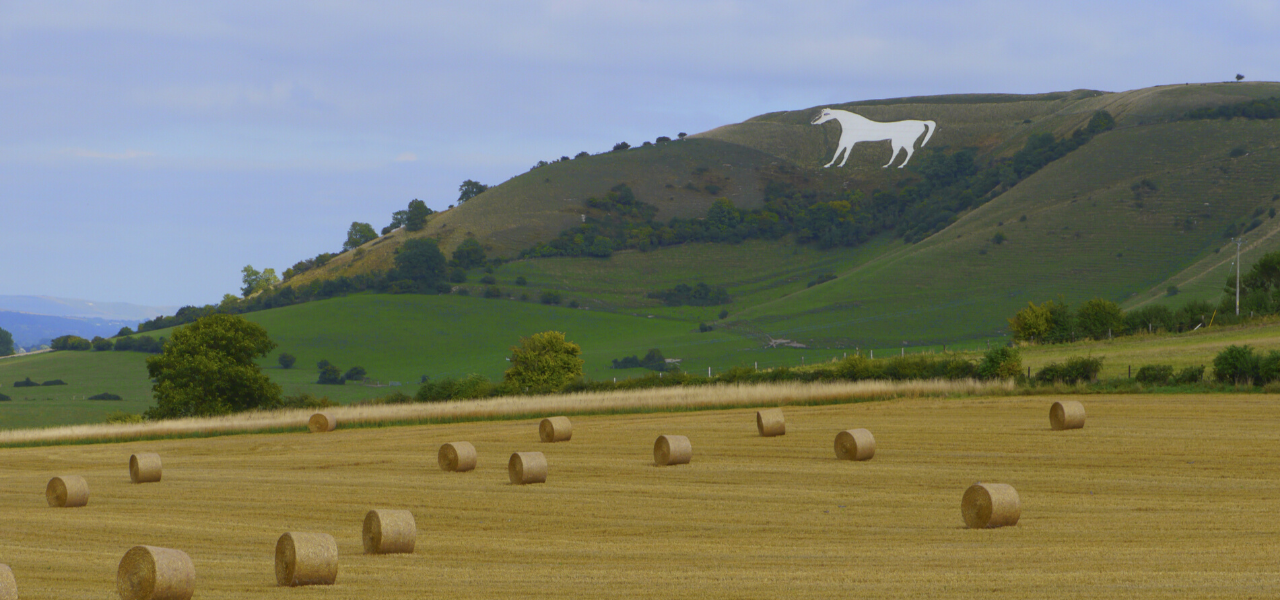Natural capital

Natural Capital seems to be the latest buzz phrase, but what does it mean? Does it mean the natural world that we have already so it can sustain us and future generations? Perhaps it can also mean capital that can be used to benefit the natural world?
The Committee for Natural Capital refers to geology, soil air, water and all living things. This translates into forests, rivers, land, minerals and oceans. The benefits from these assets are food, recreation, clean water, hazard protection and clean air.
This seems the right way to go about drawing up a 25 year plan for the Environment, setting out what is there, finding where improvements are most urgent and what, why and how would bring the greatest benefits. The challenging list includes keeping seas and beaches clean and free of plastic, preserving and increasing fish stocks, ensuring healthy soils and enough habitats for wild species, cleaning up contaminated land and reducing air pollution.
Natural Capital was mentioned in the Secretary of State Michael Gove’s recent speech in connection with a change to subsidies for farming from being paid according to how much land is owned to subsidies that result in benefits to the public and the environment. How will this be achieved?
The new direction could be a welcome help for small farmers. Many who have had a close affinity with the land for generations and were a wonderful resource of knowledge have had to sell up. It was one of the worst knock-on effects of subsidies and shows the extreme care that needs to be taken to ensure the right subsidies are in place to produce the results that are hoped for.
The Soil Association has campaigned long and hard to bring back the fertility of the soils by stopping the use of chemical fertilisers and farming organically. They have also shown that there is greater fertility under trees and have encouraged tree planting alongside crops. It takes several years to make major changes so this and the need to set aside more land for natural habitats for wild species and planting more woodlands need help. There could also be encouragement for market gardens near towns, reducing food miles and producing fresh local food.
The Committee highlights the value and success of National Parks and Areas of Outstanding Natural Beauty where natural capital has been protected and says more are needed. Hopefully, recognition of their value will help the battle CPRE (The Campaign to Protect Rural England) is waging currently to protect them from encroachment by housing developments that do not provide affordable houses and could be built on urban brownfields.
There has already been help with hedges and ditches and strips of land alongside them that are left uncultivated for wildlife. Subsidies and regulations could ensure that ditches are dug out regularly so they fulfil their drainage role and alleviate flooding. Ensuring land near river banks and on flood plains is left as uncultivated grassland or planted with trees is essential. Trees help to reduce flooding, soil erosion and air pollution.
One enterprising land owner has worked in partnership with the Rivers Trust to map areas of an estate that are suitable for natural flood management in order to reduce downstream flooding. Through a scheme with the World Wildlife Fund and Coca Cola, he has been able to build leaky dams, retention ponds and sediment traps with the aim of slowing the flow downstream and cleaning the water. Coca Cola wanted to put the water they take out back into the landscape and this has been a wonderful way of using “capital” to benefit the environment and the public.



